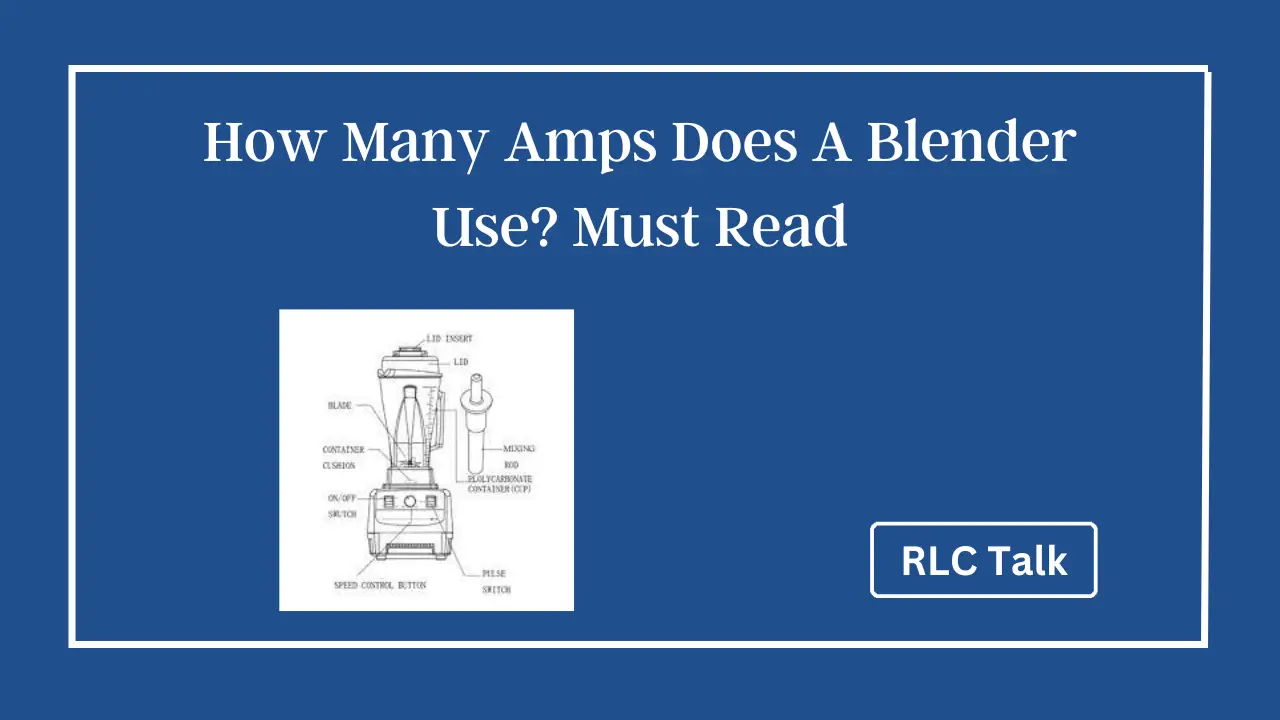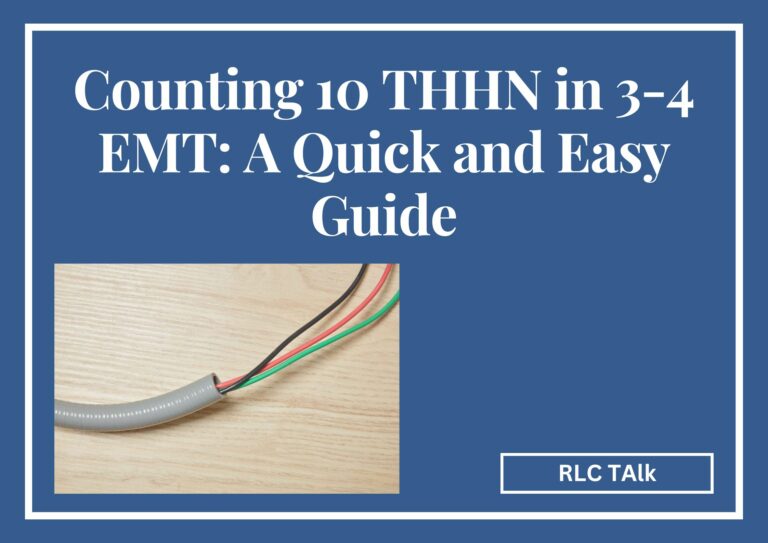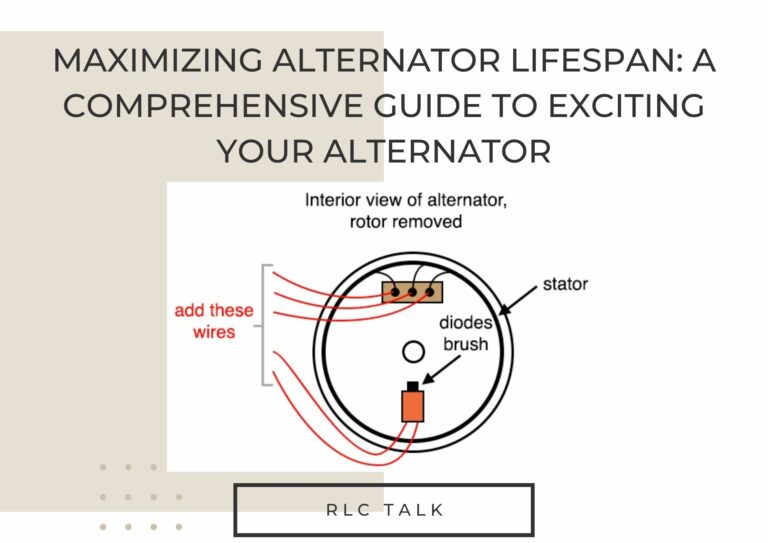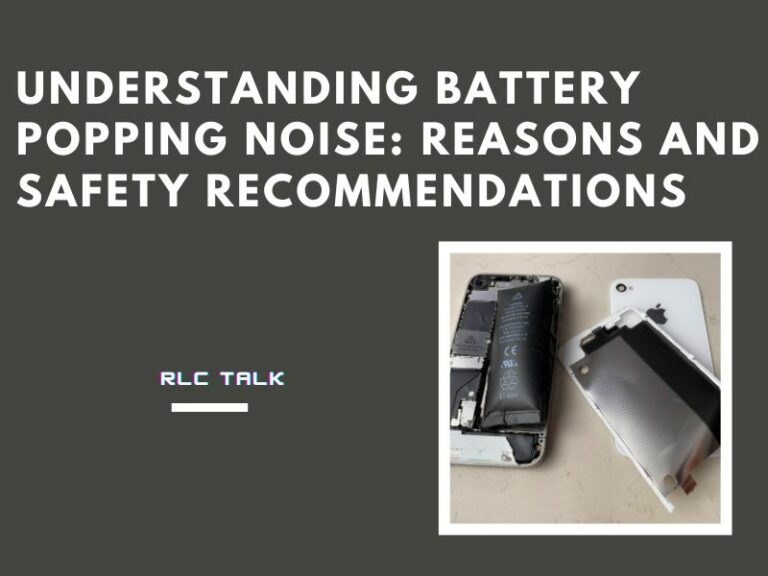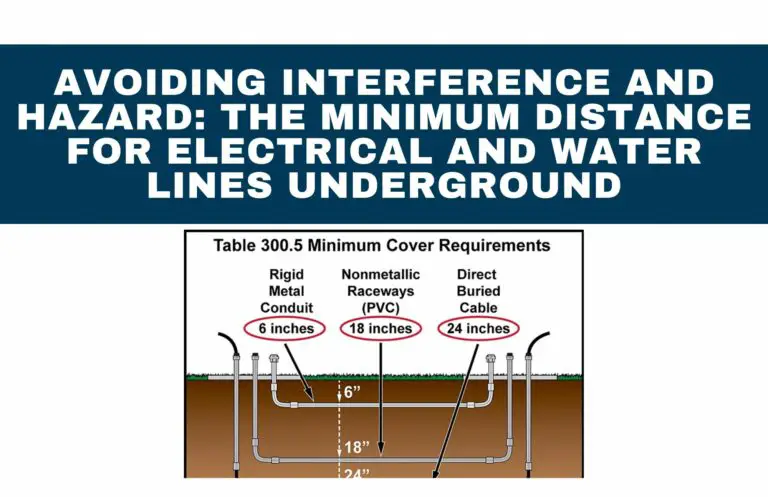How Many Amps Does A Blender Use? Must Read
Blender amp usage varies based on factors like motor power and load. Low-power blenders typically use 2-5 amps, medium-power ones use 5-10 amps, and high-power or professional-grade blenders may require 10-15 amps.
Blenders have become indispensable tools in modern kitchens, capable of effortlessly blending ingredients to create smoothies, soups, and sauces. However, understanding the power consumption of blenders is crucial for several reasons, including optimizing electrical usage, ensuring safety, and preventing circuit overloads.
In this article, we will explore the amperage requirements of blenders and provide insights into determining the amps used by these popular kitchen appliances.
What really is electrical current and amperage?

To grasp the concept of amperage, we must first understand electrical current. Electrical current refers to the flow of electric charge through a conductive material, such as a wire. This flow is measured in amperes, abbreviated as “amps.” Amperes are the unit of measurement used to quantify the rate of electron flow in a circuit.
What are the factors that affect blender power consumption?
Several factors influence the power consumption of a blender. Understanding these factors can help determine how many amps a blender typically uses. The following aspects play a role in blender power consumption:
- Motor power and efficiency
Blenders with higher motor power tend to consume more electrical current. A powerful motor generates the necessary torque to blend tougher ingredients but may require more amps to operate efficiently.
- Blender settings and speed options
Blenders often come with different speed settings to accommodate various blending tasks. Higher speed settings consume more power and amps than lower speed options.
- Blade resistance and load on the motor
Dense or tough ingredients place a higher load on the blender motor, requiring it to work harder. This increased load can lead to higher power consumption and subsequently higher amperage.
What is the typical amp range for blenders?
The amp usage of blenders can vary depending on their design, motor power, and intended use. Here are some general ranges of amp usage for different types of blenders:
- Low-power blenders
Compact and basic blenders with lower motor power typically operate within the range of 2 to 5 amps.
- Medium-power blenders
Most standard household blenders fall into this category, consuming approximately 5 to 10 amps during operation.
- High-power blenders
Professional-grade blenders or those designed for heavy-duty blending tasks may use higher amperage, typically 10 to 15 amps.
Oven Coils Spark; Causes, Fixing, and Prevention
rlctalk.com
How to determine the amperage of a blender?
To find the precise amperage of a specific blender model, you can follow these methods:
Checking the blender’s user manual
The user manual often provides technical specifications, including the amperage required by the blender. Look for a section dedicated to electrical requirements or power consumption.
Using a clamp meter to measure electrical current
A clamp meter is a handy tool that can measure the current flowing through an electrical wire without the need to disconnect or cut the wire. By clamping the meter around the blender’s power cord, you can obtain the amperage reading directly.
Consulting the blender manufacturer or customer support
If you can’t find the amperage information through other means, reaching out to the blender manufacturer or customer support can provide the accurate amperage details for your specific blender model.

How many volts does a blender use?
Blenders commonly operate at standard household voltages, which are typically 120 volts in North America and 230 volts in many other parts of the world.
These voltages are the standard electrical supply voltages provided by power outlets in residential settings. However, it’s important to note that specific blender models may have different voltage requirements, so it’s essential to check the manufacturer’s specifications or the label on the blender itself to ensure compatibility with the local voltage.
Using a blender with the incorrect voltage can damage or malfunction, so verifying the voltage before plugging it in is crucial.
How many kw is a blender?
The power consumption of blenders is typically measured in watts rather than kilowatts (kW). Blenders for household use generally have power ratings ranging from 200 to 1500 watts, depending on the model and intended purpose.
However, it’s important to note that the power rating of a blender does not necessarily indicate its actual power usage during operation.
The power rating represents the maximum power the blender is capable of drawing, but the actual power consumption will depend on factors such as the selected speed setting, the ingredients being blended, and the efficiency of the motor.
Safety considerations when using blenders
While exploring blender power consumption, it’s essential to prioritize safety. Here are a few key safety considerations to keep in mind:
- Ensuring the blender is plugged into a properly grounded outlet
Grounding the blender’s power cord helps protect against electrical shocks and ensures safe operation. Always use outlets equipped with proper grounding.
- Avoiding overloading circuits with other high-power devices
If you have other high-power appliances connected to the same electrical circuit, be cautious not to overload the circuit, as it can lead to tripped breakers or other electrical issues.
- Using appropriate extension cords if needed
If you need to use an extension cord to reach a power source, make sure it can handle the amperage required by the blender. Using an inadequate extension cord may result in power loss or damage to the cord.
Powering Up Your Eagle Op Amp: A Deep Dive into the Supply Pins
rlctalk.com
Conclusion
Understanding the amperage requirements of blenders allows us to make informed decisions when it comes to power consumption, electrical safety, and preventing circuit overloads. By considering factors such as motor power, speed settings, and blade resistance, we can estimate the typical amp range for different blender types.
Whether through user manuals, clamp meters, or manufacturer support, determining a blender’s amperage ensures proper electrical usage. Remember to prioritize safety by using grounded outlets, avoiding circuit overloads, and using appropriate extension cords. With this knowledge, you can confidently operate your blender while optimizing its performance and longevity.
Some related FAQs
Can I use a high-power blender on a regular household electrical circuit?
Can using a blender with higher power damage the electrical circuit?
Do blender speeds affect power consumption?
Can using a blender with lower power affect its performance?
Choosing a blender with an appropriate power rating for your intended use can ensure optimal performance.

